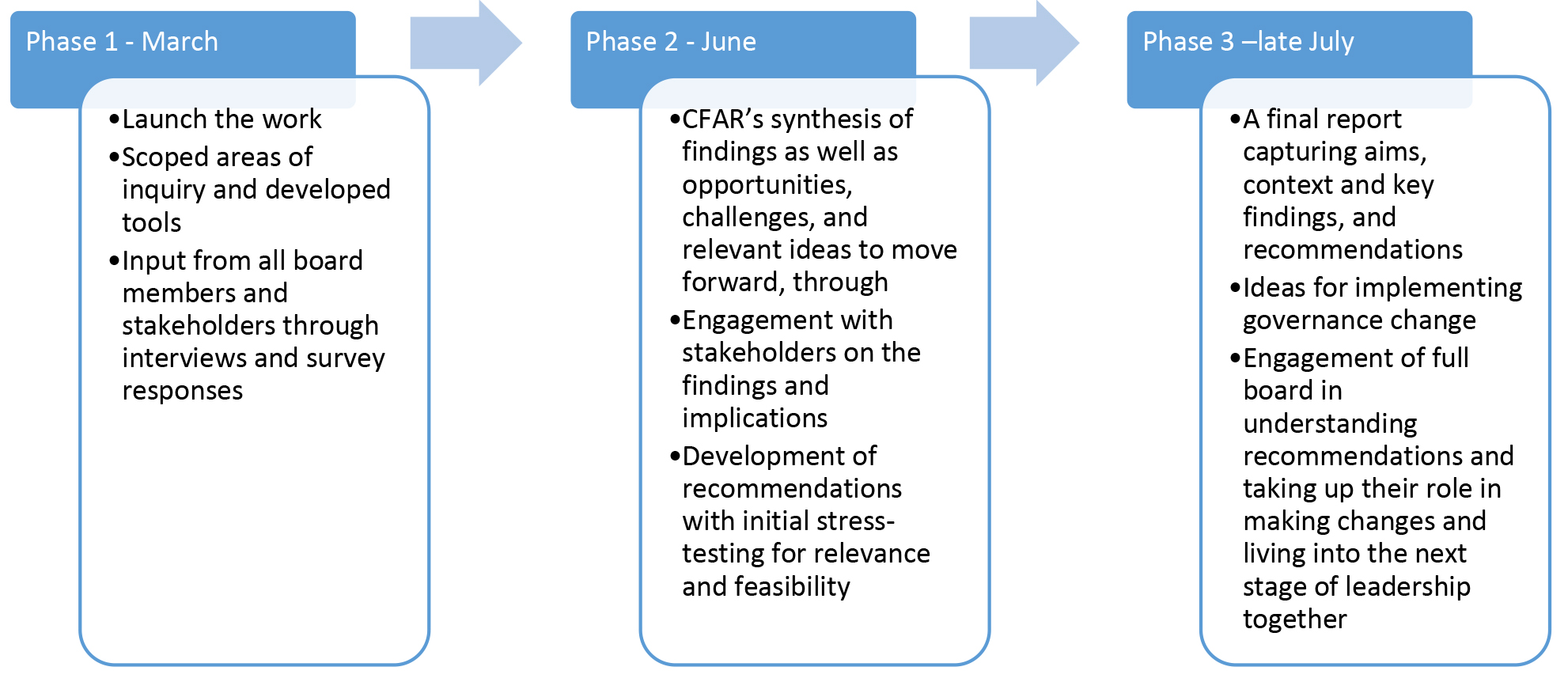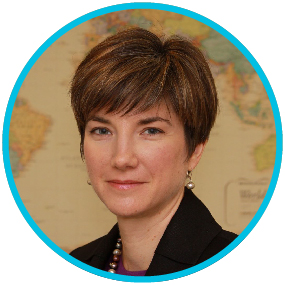Association News
NSTA Governance Revision
By Erika Shugart, Ph.D., NSTA Executive Director
Posted on 2022-04-20
Disclaimer: The views expressed in this blog post are those of the author(s) and do not necessarily reflect the official position of the National Science Teaching Association (NSTA).
In December 2021, NSTA leaders approved a strategic plan to guide the association in order to transform science education to benefit all through professional learning, partnerships, and advocacy. This new plan charts an exciting future for NSTA and was crafted in response to recent significant changes in science education and the world at large. The plan contains a number of goals and initiatives that focus on leadership, including these:
- Knowledge and Practice. Advance the knowledge and practice of all educators of science through a research-based, learning-first initiative.
- Develop pathways for educators of science to become leaders in their field.
- Community. Create a nurturing and inclusive community of educators.
- Recruit a diverse volunteer leadership pool.
To accomplish these goals, the NSTA Board requested the formation of a Governance Task Force, a mix of NSTA volunteers and staff who are tasked with assessing the governance structure of the organization in light of our new strategic plan and contemporary best practices. The process will occur in phases, beginning with a review of the current governance structure (its various parts; how the Board, Council, and committees operate and make decisions; and working relationships between and among them, etc.). Based on that review, the task force will develop a series of recommendations to be presented to the Board of Directors in summer 2022.
For expert advice about this effort, NSTA engaged the services of the Center for Applied Research (CFAR), a consulting group with deep background in nonprofit leadership. CFAR’s lead on the project is Christine McEntee, former CEO of the American Geophysical Union, which has been recognized as having exceptional governance structures. In their proposal to NSTA, CFAR noted that “CFAR brings a systems perspective to consider how governance relates to strategy, leadership, and culture. We believe that boards should see themselves as part of what Richard Chait and his colleagues consider a leadership system for organizations, and that boards, along with the various volunteer groups that contribute to the organization, have a unique and critical role to play in partnership with management.”
The task force is being co-chaired by Elizabeth Allan, NSTA’s Retiring President, and Erika Shugart, NSTA’s Executive Director. Task force members include these persons:
- Alicia Conerly, principal, Monticello Elementary School, Jayess, Mississippi
- Christine Royce, NSTA Past-President, and professor, Department of Teacher Education, Shippensburg University, Shippensburg, Pennsylvania
- Elizabeth Mulkerrin, NSTA President-Elect, and vice president of education, Omaha’s Henry Doorly Zoo and Aquarium, Omaha, Nebraska
- Jen Gutierrez, K–8 educational liaison, Activate Learning, Chandler, Arizona
- Jon Regino, K–12 STEM supervisor, Marple Newtown School District, Newtown Square, Pennsylvania
- Kenneth Huff, science teacher, Mill Middle School, Williamsville, New York
- Michelle Butler, NSTA Staff
- Terry White, coordinator, STEM Department, Fort Bend Independent School District, Houston, Texas
History of Current Governance Structures
The last time that NSTA conducted a review of governance was almost 20 years ago. The approaches that were implemented at that time pre-date the internet and other electronic forms of communication. Since that time, many advances have also occurred in identifying best practices in nonprofit governance. Additionally, the current structures were not designed to support the current strategic plan. The approval of this plan is an opportunity to step back and consider how NSTA’s governance can better support its new mission and goals.
Process and Timeline
The NSTA Task Force will be working closely with CFAR through three phases of work to generate recommendations for the Board. In phase 1, they are collecting data on NSTA governance. CFAR staff have reviewed NSTA’s governance documents, and they have interviewed a range of stakeholders involved in governance, including past and present Board and Council members. In April, they will send a survey to all Board and Council members. Councilors and task force members will also reach out to other stakeholders, including state leaders and NSTA members. This phase is currently ongoing.
In Phase 2, CFAR and the task force will review the data in comparison to current best practices and consider its implication. They will also hold a virtual session with the Board to review and discuss the findings. In the final phase of this work, CFAR will present a series of recommendations and a high-level implementation plan. The task force will have the opportunity to help shape the final recommendations, which are scheduled to be presented at the Board’s summer meeting.

Implementation
The work will be just beginning when the recommendations from CFAR are approved by the Board. We will then begin the process of implementation. Ultimately, this will result in a revision of NSTA’s bylaws and policies to align them with new structures and processes. This work will take place later in 2022 and 2023. Stay tuned for future updates on the progress of this work.
How You Can Be Involved
If you have questions about or feedback on the process, please contact your Board or Council member.

Erika Shugart, Ph.D., is the executive director of the National Science Teaching Association (NSTA), a vibrant community of 40,000 members—science educators and professionals committed to best practices in teaching science and STEM and its impact on student learning.
Note: This article is part of a new blog series, Association News, that features information and updates about NSTA. Topics include breaking news, milestones and goals, progress and achievements, upcoming events, and member spotlights/personal stories.
The mission of NSTA is to transform science education to benefit all through professional learning, partnerships, and advocacy.


